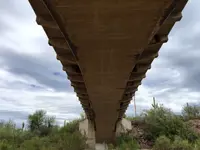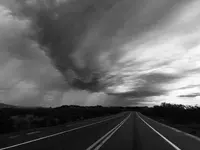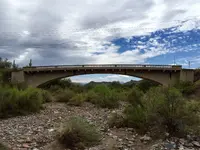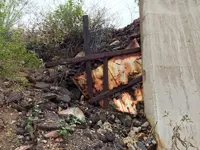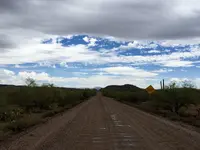Las Vegas Bob
Sr. Member
- Joined
- Aug 25, 2005
- Messages
- 351
- Reaction score
- 267
- Golden Thread
- 0
- Detector(s) used
- Fisher Gold Bug
- Primary Interest:
- All Treasure Hunting
My thoughts are, its a bad defensive position generally and especially for a covert activity. Works for hostile Indians, bushwhackers, modern era marauders, even nosey neighbors. The newer the era the better the equipment to view one's activity. If the objective is to secretly bury maps its logical you would want to do that as concealed from view as possible. Is it not true that you can be viewed for miles at this spot? If you spend hours digging a hole and burying objects its logical that anyone viewing that activity will wait for you to leave and immediately go dig up the objects if for nothing more than curiosity. Assuming they don't overpower you and kill you in the process as would have been likely in the early 1800s.
Just my thoughts, but if the objective is to hid something one would pick a concealed spot out of view.
My comments aren't to cut off discussion. Quite the contrary. I'd like to be convinced this spot has some redeeming feature that makes it the logical spot to bury the maps that would have insured their concealment and provided easily recognizable landmarks for others to follow and recover the relics. I'm just not seeing it..........yet.
Well put, along this line of thought was why I was earlier asking if the place they were allegedly buried was on the most direct route to safely escape the Superstition range if you were being pursued by people with hostile intentions since it seemed to be in such a wide open area.



 Don't know. What became of these stones
Don't know. What became of these stones